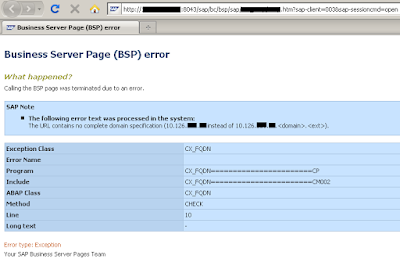History of ABAP
3. History of ABAP
ABAP is a proprietary programming language of SAP and ABAP stands for “Advanced
Business Application Programming”.
Originally, known as Allgemeiner Berichts-Aufbereitungs-Prozessor, German for general
report creation processor
ABAP is a 4th Generation Programming Language and was first developed in 1980s. By
1990s most of SAP’s application software and systems were written in ABAP. In 1999 ABAP
was extended to include Object Oriented Programming. SAP’s most recent development is
on ABAP as well as JAVA platform.
Attributes and Prerequisites:
• The language is fairly easy to learn for programmers but it is not easy for use by nonprogrammers.
• Knowledge of relational database design and preferably also of object-oriented
concepts is necessary to create ABAP programs.
• The ABAP programming language allows SAP customers to enhance SAP
application programs – customers can develop custom reports and interfaces with
ABAP programming.
• SAP ABAP programs all are stored in the SAP database and not in form of separate
external files like other program files eg Java, c++, etc.
RDBMS
A relational database management system (RDBMS) is a database management
system (DBMS) that is based on the relational model as introduced by E. F. Codd. Most
popular databases currently in use are based on the relational database model.
A short definition of an RDBMS is: a DBMS in which data is stored in tables and the
relationships among the data are also stored in tables. The data can be accessed or
reassembled in many different ways without having to change the table forms.
A relational database is a database that conforms to relational model theory. The
software used in a relational database is called a relational database management
system (RDBMS). Colloquial use of the term "relational database" may refer to the
RDBMS software, or the relational database itself. A relational database is the
predominant choice in storing data, over other models like the hierarchical database
model or the network model.
A relation is usually described as a table, which is organized into rows and columns. All
the data referenced by an attribute are in the same domain and conform to the same
constraints.

Comments
Post a Comment